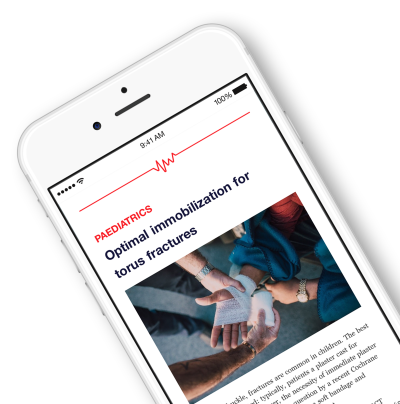OE Original: A Guide to Different Methods of Randomization .
Randomization is one of the most important tools we have in clinical research—it’s what helps keep treatment groups comparable and protects trials from bias. But not all randomization is created equal. Different study designs, sample sizes, and baseline characteristics call for different approaches, and choosing the wrong method can undermine an otherwise well-designed trial. The major types of randomization—simple, block, stratified, and covariate-adaptive—are reviewed and explained for when each method is the most appropriate. From small early-phase trials that need tight balance between groups to larger studies that must account for important covariates like age or smoking status, understanding these methods is essential for designing rigorous, trustworthy clinical trials.
Unlock the Full original article
You have access to 4 more FREE articles this month.
Click below to unlock and view this original article
Unlock Now
Critical appraisals of the latest, high-impact randomized controlled trials and systematic reviews in orthopaedics
Access to OrthoEvidence podcast content, including collaborations with the Journal of Bone and Joint Surgery, interviews with internationally recognized surgeons, and roundtable discussions on orthopaedic news and topics
Subscription to The Pulse, a twice-weekly evidence-based newsletter designed to help you make better clinical decisions
Exclusive access to original content articles, including in-house systematic reviews, and articles on health research methods and hot orthopaedic topics
































































